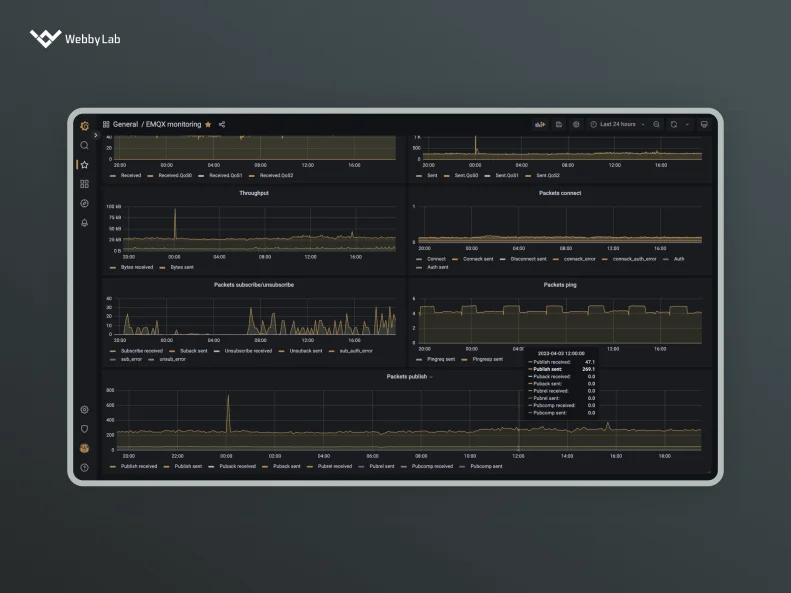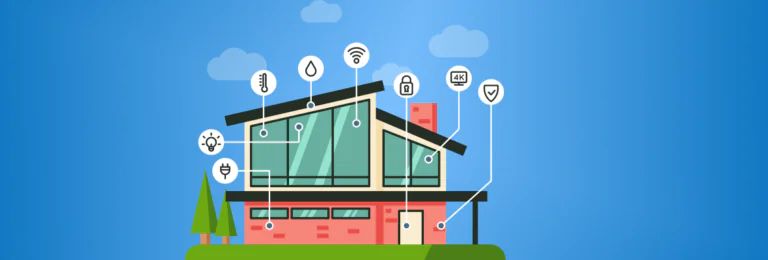How Internet of Things Data Collection Works: A Full Guide
Written by:

Kostiantyn Oliynyk
Head of IoT at Webbylab
With a robust academic background in Telecommunication Systems Engineering, I apply my knowledge to lead innovations in the IoT domain. Starting as the first team member in the newly formed IoT department at WebbyLab, I've spearheaded its growth, fostering the expansion into embedded and hardware development alongside our core software projects. My dedication lies in pushing the boundaries of IoT technology, fostering a culture of innovation and excellence that profoundly impacts our clients' operational success.
IoT devices can collect various amounts of data depending on the particular device and its application area. For example, gadgets like smart home appliances may gather small amounts of data, while others, like industrial sensors, collect significantly more data.
There are several modes of IoT-enabled data collection. They include real-time, event-based, periodic, and on-demand data gathering.
You can collect data from IoT devices by following the next steps:
1. Connect the IoT devices to a network
2. Select the IoT data collection mode
3. Launch the IoT data collection system
4. Filter and process the IoT data
5. Visualize the IoT data using dashboards or apps
You can collect environmental data on temperature, humidity, light, air quality, and beyond, as well as equipment and automation data on the system’s performance, usage, wear and tear, status, and battery life. Besides that, you can get information from motion and sound sensors as well as GPS trackers and electricity, gas, or water meters.













![IoT Product Development [Explained]: 9 Steps to Production](https://webbylab.com/wp-content/uploads/2024/03/upload_65f2db5d6b266-768x260.png)
![Difference Between Arduino and Raspberry Pi [Comparison Table]](https://webbylab.com/wp-content/uploads/2023/04/cover-768x260.png)
